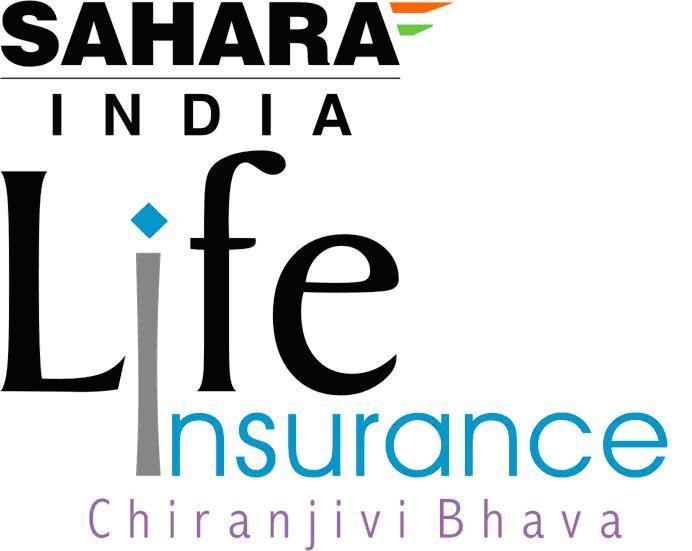A Guide to EPF vs EPS
In today’s time, it is important to plan for the second innings of your life or retirement in advance. The importance of retirement planning has become such that there are a number of government-sponsored schemes that fulfill this objective of securing your retirement days. The two popular pension plans backed by the government of India are the Employee Provident Fund (EPF) and the Employee Pension Scheme (EPS). As the primary objective of the two plans is almost, people often get confused between the two. So, to help you out, here is a detailed guide that will take you through EPF vs EPS.
What is EPF?
Employee Provident Fund or EPF is a popular pension scheme which is backed by the government of India. The EPFO or Employees' Provident Fund Organisation introduced this scheme and it was enacted in the year 1952. It was launched to let individuals create a substantial corpus for their retirement and enjoy a stress-free life.
The contributions towards the Employee Provident Fund are equivalent to 12% of the employee’s basic salary and dearness allowance. The employer also makes contributions towards EPF. While the employee contributes 12%, on the other hand, the employer’s contribution is 3.67%. The rate of interest on EPF can vary, at present the interest rate on EPF is 8.15%. Moreover, the employee can withdraw a certain amount from EPF only after retirement, however, it is still possible to withdraw the EPF before that, in case of an emergency. It is not recommended to go for early withdrawal of EPFs as in such a case you won’t be able to save on taxes, otherwise, EPF offers tax benefits under section 80C of the Income Tax Act of 1961.
Eligibility Criteria of EPF
The eligibility criteria of EPF are as follows:
- The EPF is open for both employees of the Private and Government sectors, which means that all employees can become a member of the EPF
- Any organisation which has at least 20 employees is liable to extend the EPF benefits to its employees
- Employees earning a basic salary of up to Rs 15,000 per month are mandatorily covered under the EPF Act
What is EPS?
EPS or Employee Pension Scheme is another pension scheme that is backed by the government of India. It is basically a category of EPF, under which the employer contributes 8.33% of 12% of the employee’s DA and basic salary. The remaining is the EPF contribution. It is important to note that only the employer can make contributions and the maximum contribution amount is Rs. 1250.
Eligibility Criteria of EPS
The eligibility criteria for employees to receive the EPS amount are as follows:
- The employee must be a member of EPFO
- The employee must serve for at least 10 years
- Employee must have completed at least 58 years of age
EPF vs EPS
In the table below, let us walk you through some of the differences between EPF and EPS:
|
Parametres |
EPS |
EPF |
|---|---|---|
|
Nature of Contribution |
Employer contributes to provide a pension |
Both employer and employee contribute for savings |
|
Objective |
Provides a monthly pension after retirement |
Serves as a long-term savings and investment scheme. |
|
Employee’s Contribution |
N/A |
12% |
|
Employer’s Contribution |
8.33% |
3.67% |
|
Maximum contribution |
Rs. 1250 |
12% of salary |
|
Interest rate |
Not applicable |
The current rate is 8.15% |
|
Tax benefit |
No tax benefit |
Up to Rs. 1.5 lakh u/s 80C |
|
Withdrawal |
Generally not available for withdrawal (except for emergency cases) |
Withdrawable upon retirement, resignation, in emergency case, or after 58 years of age |
|
Mandatory or Optional |
Mandatory for employees covered under EPF |
Mandatory for eligible employees within the salary limit |
|
How is it calculated |
Pension is calculated based on service and salary |
EPF amount is the sum of contributions with interest |
Benefits of EPF and EPS
Now that you know the differences between EPF and EPS, let us also discuss the benefits of each.
Benefits of EPF
- The contributions made towards EPF help in building a corpus for the future so that you can enjoy financial independence even after retirement
- The contributions can be made every month and thus you need not burden yourself with making a lump-sum payment toward EPF
- You can also enjoy partial withdrawals in case of emergencies and thus payouts out of EPF often works as a financial cushion for emergencies
- Employees can enjoy flexibility with their EPF account. This means that in case you switch from one employee to another, then you can transfer the EPF corpus as well
- You can also enjoy tax-savings on the contributions made towards EPF as specified under the Income Tax Act of 1961
Benefits of EPS
- As it is backed by the Indian government, the returns are guaranteed as it involves no market risk
- It provides a regular and lifelong source of income even after retirement and thus lets you lead a stress-free life when it comes to finances
- In case the member of EPS suffers partial or complete disability, then in that case monthly pension is given out to the member. In case of the death of the member, then the pension payment is made to the employee’s family
- In case the employee remains unemployed for a period of more than 2 months, then in such a case they can withdraw the entire pension amount
Take Away
Thus, both EPF and EPS are meant to ensure employee welfare, however, they are slightly different in their objective. While EPF provides a lump-sum amount after retirement, EPS serves as a regular source of income even after you retire. Moreover, in EPF, both the employer and employee are liable for making contributions, but in EPS, only the employer contributes.
FAQs
- Which is better, EPS or EPF?
While both EPS and EPF are savings schemes, both have different objectives. EPF provides a lump-sum payout and EPS on the other hand acts as a monthly source of income.
- Can I get tax benefits on both EPS and EPF?
No, you can get tax benefits on only EPS but not on EPF.
- What is the current interest rate on EPF?
The current rate of interest on EPF is 8.15%.




























